By all accounts, Taiwan’s nine-in-one local elections on November 24 was a significant defeat for the ruling Democratic Progressive Party (DPP). The New York Times called the losses “stunning.” Huanqiu Shibao, an official Chinese newspaper, called the results a “harsh verdict.” The Liberty Times judged that “the public is a fickle mistress.”
The result that most coverage highlighted was how many county magistrate and city mayor races the opposition Kuomintang (KMT) won from the DPP. It was an exact reversal from the 2014 local elections. Then, the DPP won 13 out of 20 jurisdictions on Taiwan and Penghu, and the KMT won only six. (An independent, Ko Wen-che, won Taipei City. In 2018, the KMT won 13 jurisdictions, the DPP only six, and Mayor Ko was re-elected in Taipei City.)
The blame for the DPP’s disaster fell on the head of President Tsai Ing-wen. Post-election commentaries from all points of view blamed her for a poor leadership style, her lack of effective strategy and tactics, and bad policies. According to Taiwan political custom, she resigned the chairmanship of the DPP to take responsibility for the defeat. Both inside and outside her party, there are calls for President Tsai to not run for re-election in 2020. And it is the effect of these elections on the 2020 presidential elections that is most on people’s minds.
Explaining the Results
China’s view is very clear: The DPP lost because of Tsai’s cross-Strait policies. As Huanqiu Shibao editorialized:
“The DPP met with a complete rout only two years in power. [It] misread Taiwan’s popular will. In the belief that the people of Taiwan encourage the political idea of ‘de-sinicization,’ the DPP put considerable energy into confrontation with the mainland and engaged ‘cultural Taiwan independence’ and ‘hidden Taiwan independence, in a big way soon after it came to power.”
Cross-Strait relations were also in play when candidates ran on a platform of improving the local economies by creating city-to-city channels to mainland China.
Yet most experts in Taiwan and overseas focus on domestic factors to explain the November 24 results. Kharis Templeman, a very bright, young political scientist at Stanford, wrote: “While we cannot be sure without detailed public opinion data, domestic factors appear to have been more important than cross-Strait ones in these elections.” Among these domestic factors:
- The KMT has proven itself to be more resilient than some people expected and overcame the shortages of public support and organizational capacity that led to its defeat in 2014 and 2016. And it did so without resources that it previously drew from party firms, which the DPP government had eliminated to level the playing field.
- The DPP, which was the beneficiary of KMT problems in 2014 and 2016, developed its own problems of public dissatisfaction and organizational weakness. Voters’ anti-incumbent inclinations asserted themselves once again.
- Taiwan voters demonstrated that they continue to be the pragmatic, conservative balance-wheel of Taiwan politics. When either the KMT or the DPP move too far in one policy direction or the other, voters pull them back.
- Voters were generally unhappy with the state of the economy. Young people may have chosen not to vote for the DPP because they were unhappy with Tsai’s performance on same-sex marriage and economic policy, and Deep Green people (i.e. radical DPP supporters) may have stayed home because they believed that she did not respond aggressively enough to mainland actions over the last two years.
Pending the results of detailed post-election polling, I don’t know the relative salience of these various factors. We also will have wait for an assessment of how much China’s penetration of the Taiwan political system—through money, traditional media, and social media—affected the outcome to the DPP’s advantage. It may well be that Tsai’s cross-Strait policy was the primary reason that voters who might have voted for the DPP instead voted for the KMT or an independent. But at this point, the notion that domestic factors were decisive seems more plausible to me. To conclude that the electorate has issued a strong mandate for a different cross-Strait policy than what Tsai is pursuing is at least premature.
To conclude that the electorate has issued a strong mandate for a different cross-Strait policy than what Tsai is pursuing is at least premature.
Also, in understanding the 2018 results, we need to be mindful of which baseline we use. If we use 2014, when the DPP won a big victory, then 2018 looks like a big reversal. But if we use the 2009 local elections and the 2010 big-city elections, the picture is very different. In fact, the balance of jurisdictions after the 2018 contests is almost exactly the same as it was after the 2009 and 2010 elections.
- Four of the jurisdictions that the KMT won on November 24 were ones it had won in 2009-10: Taichung City, Changhua County, Chiayi City, and Penghu County. For these places, 2018 was probably more of a return to the norm—a reflection of the true, local balance of power—and less a comment on Tsai’s policy performance.
- On the other hand, the DPP lost three jurisdictions that it had won in both 2009-10 and 2014: Kaohsiung, Yilan, and Yunlin. The big switch here was Kaohsiung, the major, southern port city. The DPP had controlled it for 20 years and it was ripe for a change in power, an opportunity that KMT populist candidate Han Kuo-yu capitalized on. We should be surprised that the DPP ruled there so long, not that it lost this time. Still, it was a significant loss.
Idiosyncratic features of each city’s and county’s politics should make us cautious about extrapolating from the reversal of 2018 local elections to the 2020 presidential elections. The 2018 results may well foreshadow a KMT victory in 2020, but it doesn’t guarantee a victory.
Change in the Balance of Electoral Power?
There is a lot is uncertainty here. It is not clear at this point whether Tsai Ing-wen will be the DPP’s candidate for president in 2020, and, if she is not, who will be. Nor is it clear who the KMT candidate will be. Taipei Mayor Ko Wen-che may run as an independent, though his victory by a narrow margin may discourage him.
Predictions about 2020 shouldn’t be based on the fact that the KMT won 13 jurisdictions this time and the DPP won six. Instead, we should look at how many votes each got island-wide. The KMT total vote was 6,102,876 and the DPP total vote was 4,697,730, That is, out of the entire vote, the KMT got 55.48 percent and the DPP 44.52 percent. (This calculation ignores other real and nominal independent candidates, who in 2018 together won almost 900,000 votes. But which camp those votes would favor in the 2020 presidential election is almost impossible to determine.) Combined, Ma Ying-jeou (former president) and James Soong (founder and chair of the People First Party, part of the KMT coalition) won about 55.48 percent of the vote in the 2012 presidential election. Also, the KMT-DPP ratio in 2018 is basically the same as what outside specialists believed to be the balance of sentiment between conservative parties like the KMT and progressive parties like the DPP before 2016 (55 to 45).
This ratio is misleading, however, if we assume that for purposes of discussion that Ko Wen-che will not run for president. If we allocate the 580,820 votes he got on November 24 to the DPP, then the KMT-DPP ratio changes to 52.70 to 47.30. The KMT can still take hope from this ratio but cannot assume that a 2020 victory is foreordained. If Ko Wen-che does run, the situation will be extremely dynamic but likely work in the KMT’s favor.
I have already suggested that the public’s conservatism and anti-incumbent bias—plus the KMT’s resilience—contributed to the KMT’s large margin over the DPP in total votes. Most of these factors will probably work in the KMT’s favor in 2020. Working in the DPP’s favor—perhaps—is the possibility that young and Deep Green voters who stayed home this time because they felt that Tsai Ing-wen was too centrist and not sufficiently aggressive on their particular issues will come out to vote in 2020, when the choice is between Tsai and the candidate of the KMT. Again, the KMT cannot be complacent.
To go back to a previous discussion, how one explains the results of 2018 is important in predicting what will happen in 2020. If Tsai’s cross-Strait policies are the main or only reason for the DPP’s retreat, and if I am correct that she will not make any policy adjustment, then we would conclude that the DPP will suffer a serious defeat in 2020. If on the other hand, domestic factors are dominant, then the future may be different. How those factors operated in local elections operate differently in a society-wide election. The DPP will have a year to make some adjustments on individual policy issues and how it fights elections. And we should recall the DPP is itself a resilient party.
Which brings us to the interrelated challenges that will face the KMT when it comes to Taiwan-wide politics and contesting the 2020 elections:
- Who will be the candidate? Former Mayor of New Taipei City Chu Li-luan? Former Legislative Yuan member and businessman Han Kuo-yu? Someone else? The basic cause of the KMT’s 2016 loss was a failure to pick a successor to Ma Ying-jeou in a timely way. Could that happen again?
- What is the party’s vision on mainland policy? Ma had a vision in 2008 but much of that was realized by 2013, after which problems emerged. The KMT cannot go back to 2008 but must fashion a new vision that takes into account developments since 2013. In particular, does the party have a credible appeal for young people?
- Has the KMT successfully re-engineered its mobilization machinery to ensure that in future elections it can get voters who support its policies to go to the polls?
- Has the party repaired the split between its northern, more mainlander wing and its southern, more Taiwanese wing?
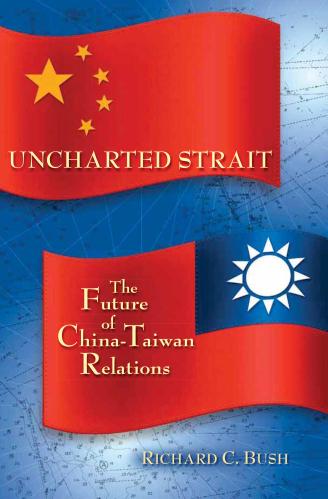
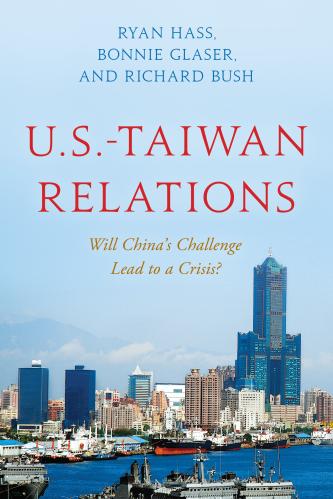
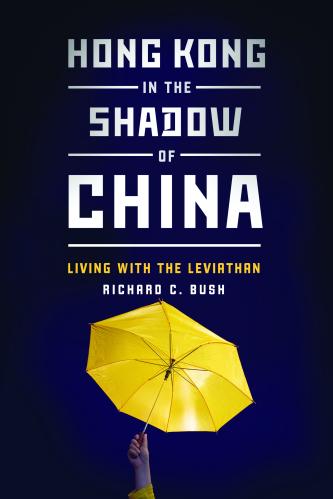
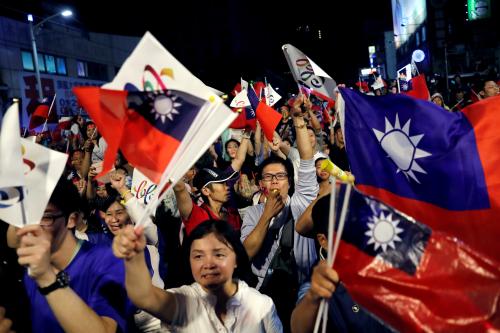
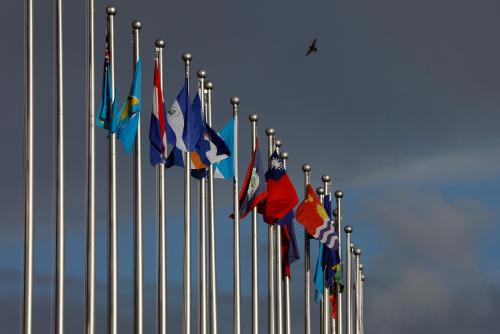
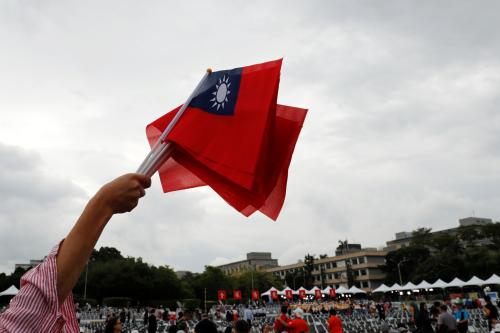


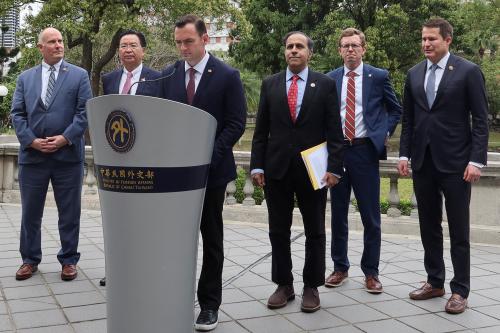
Commentary
Taiwan’s local elections, explained
December 5, 2018